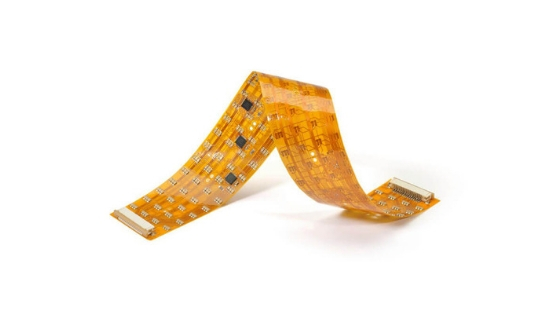Printed circuit boards can be found in many different types of appliances that come from the tech industry. Without a PCB, a product cannot perform its duties properly. There are many benefits to using a PCB but there are also many difficulties that come along with it. To help you to use design PCBs and use them to their full potential, we have gathered some tips. Make sure to keep reading if you’d like to find out more.
Recommended: Best Printing Innovations in 2018 That Will Amaze You

Contents
Avoid Bending At Corners
One of the things that you might be tempted to do in PCB design is input some bends at the corners. If you want to create an effective product and have it work perfectly then we recommend that you avoid doing this. Try to keep the curves gentle and keep any sort of copper traces at right-angle bends. Of course, this is not always achievable, but you should try to stick to this rules as much as possible.
Keep It Flexible
If you are designing a flex circuit, then you are going to want to keep it as flexible as possible. For example, you should try to keep the number of layers as low as possible if you think that your PCB is going to be moving a lot or rolling. Don’t let your layers become stiff, you will need to consider the layer size if you want to have an effective PCB.
Support Your Pads
Our next tip for rigid flex printed circuit boards is to add some sort of support for the pads that you have. It is recommended that you use through-hole plating to your circuit to support it properly and have it work to its best ability. You will find that any sort of non-plated-through pads or surface mounted pads that you use will be unsupported, so you need to think about adding something else to keep it together.
Use Hatched Polygons
If you are going to be designing a PCB for your next product, you need to think about using hatched polygons when you do so. This is the perfect way of getting the highest level of flexibility and it will make your PCB work a lot more effectively. When you use a hatched polygon, you can be sure that you are choosing the optimal route.
Placing Vias
Our final tip for those who want to use rigid flex printed circuit boards is to think carefully about where you are placing your vias. We recommend that you avoid placing these if you want to avoid any sort of fatigue happening but otherwise, they can be helpful. Think about placing them between layers to help with transition.
Final Verdict
Printed circuit boards are inside almost everything these days and they take a lot of time to design. Make sure to take on board all of the tips that we have given you for rigid flex PCB design if you are going to be working on an upcoming project.
Related Post:
